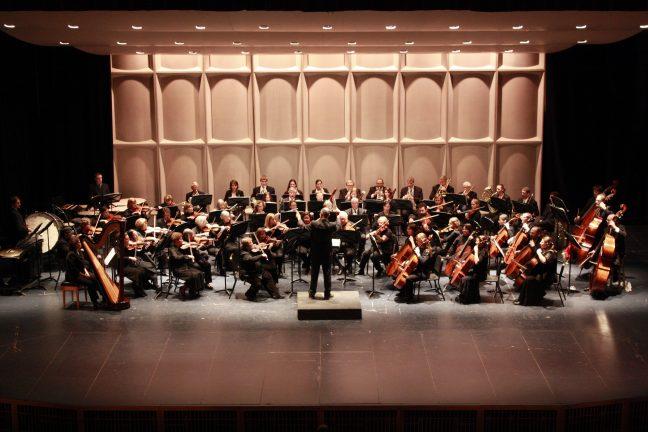Are you interested in exploring a new genre of music? Though the belief that exposing babies to Mozart will increase their intelligence is false, there are still many benefits to listening to classical music.
In the world of thousands of concertos and sonatas, different names like Rachmaninoff or Tchaikovsky can be daunting. But there is so much variety throughout the history of classical music. It is a genre that can be enjoyed by people of all ages and musical preferences.
This list is an assorted collection of pieces from different points in classical music history, ranging from pieces you’ve probably heard before but don’t know the name of, iconic scores and more niche ones.
Baroque — The baroque period was approximately between 1600 and 1750, and was preceded by the Renaissance musical period in Europe. Some features of baroque music are improvisation and the popularization of dance movements such as the Jig.
Instruments were tuned flat and did not project as much sound, and music was performed in smaller spaces. Some famous composers from this era include Antonio Vivaldi, Johann Sebastian Bach and Georg Phillipp Telemann.
- Bach, Keyboard Concerto No. 1 in D Minor
- Telemann, Trumpet Concerto in D Major, TWV 51:D5
- Bach, Brandenburg Concerto No. 4 in G Major
- Handel, Water Music Suite No. 2
- Bach, Christmas Oratorio No. 1, Aria for Alto, Bereite dich Zion
Classical — The classical period began around 1750 and lasted until the beginning of the 1800s. Classical music can be described as lighter than baroque music, with more prominent melodies over a harmony. Classical music popularized more sonatas, concertos and chamber music. Some famous classical composers include Haydn, Mozart, and Beethoven.
- Mozart, Turkish March
- Beethoven, Rage Over a Lost Penny Op. 129
- Mozart, Queen of the Night Aria
- Mozart, String Quintet No. 4 in G minor
- Kuhlau, Piano Sonatina in C major Op. 20
Romantic Period — The Romantic Period lasted from 1830 to the early 1900s. This period features the most expressive music. Dramatic concertos and symphonies were supported by the growing sizes of orchestras. Some famous classical composers include Tchaikovsky, Schumann, and Liszt.
- Mendelssohn, Song without Words Op. 62 No. 6
- Kreisler, Three Old Viennese Dances
- Liszt, Hungarian Rhapsody No. 2
- Chopin, Wrong Note Etude
- Borodin, Polovtsian Dance
Contemporary — The Contemporary Period began in the early 1900s. There are still many classical composers that compose pieces for orchestras, various instruments and chamber groups. Contemporary music is a lot more experimental. Some famous contemporary composers include Mahler, Shostakovich, Gershwin, and Bernstein.
- Shostakovich, Dance of the Dolls
- Manuel Ponce, Estrellita
- Gershwin, Piano Concerto
- Mahler, Symphony No. 2
- Bernstein, Candide Overture
Overall, classical music is a very broad genre with many subcategories. Throughout history, the types of people who had the privilege of enjoying classical music evolved from royalty and the bourgeoisie to almost anyone. Individual pieces can also tell stories, reflect on the different points in a composer’s career or life or carry inflammatory political messages aimed towards world leaders.
Classical music allows listeners to become privy to a different side of history, whether it is the perspective of a classical musician in the Austrian royal court or the grief of a government composer in the USSR.


